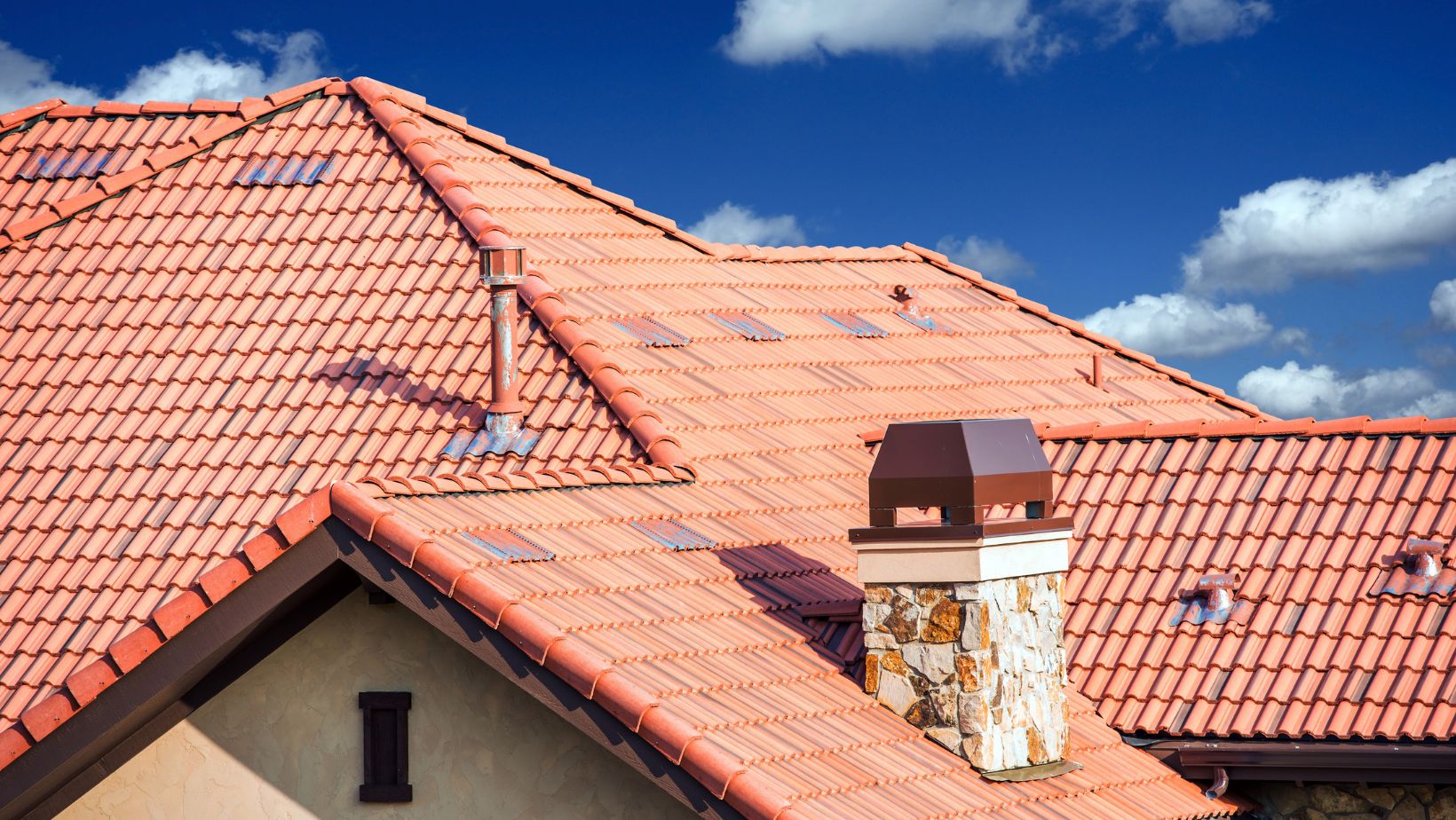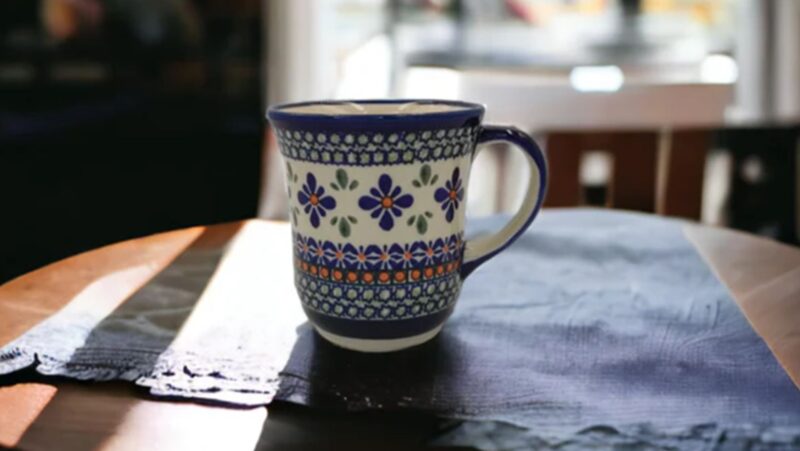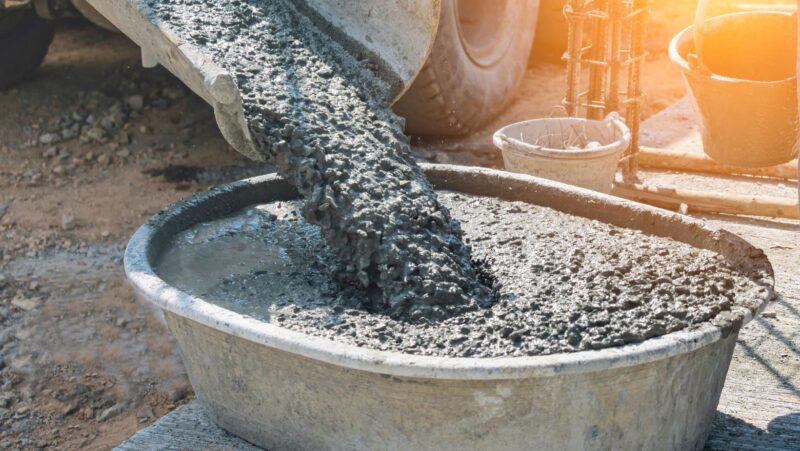Did you know that the global roofing market is expected to reach $277.66 billion by 2028?
The roofing industry has seen significant growth in recent years. One of the most popular options for homeowners and architects alike is modern slate roofing.
Slate has been used as a roofing material for centuries and remains a top choice. This is due to its durability, aesthetics, and longevity.
In this guide, we’ll discuss how to choose the right type of modern slate roof for your climate and budget. Read on to find out which one is best for you.
Table of Contents
ToggleUnderstanding Modern Slate Roofing
Modern slate roofing is typically made from natural or synthetic materials. This can include clay, concrete, metal, or rubber.
These materials resemble traditional slate but have added benefits. This can be better durability and lower costs.
Here are the most common types of slate roofing:
Clay Slate
Clay slate is the most traditional type of slate roofing. It has been used for centuries and offers a classic look to any home or building.
It’s made from molded natural clay and fired at high temperatures. Clay slates are durable, resistant to fire, and able to withstand harsh weather conditions.
However, it can be more expensive than other types of slate roofing. This is due to its production process.
Concrete Slate
Concrete slate is an affordable alternative to clay slate. It is made from a mix of Portland cement, sand, and water.
This type of modern slate roofing can mimic the appearance of natural stone while also being lightweight and durable. It is also less expensive than clay slate but may not have the same level of longevity.
Metal Slate
Metal slate is a newer option for modern slate roofing. It is made from recycled metal and provides a sleek and modern look to any building.
This type of roofing is lightweight, low-maintenance, and eco-friendly. It can also be more cost-effective than other types of slate roofing in the long run due to its durability.
Rubber Slate
Rubber slate is another alternative to natural stone slate. It is made from recycled rubber and plastic materials.
It’s also lightweight, durable, and easy to install. However, it may not have the same aesthetic appeal as other types of modern slate roofing.
Climate Considerations
When choosing the right type of slate roofing for your climate, there are a few factors to consider. Here are some tips to help you decide:
Moisture
For areas with high levels of moisture, metal or rubber slates may be a better choice. They are more resistant to water damage and can prevent mold and mildew growth.
Wind
If you live in an area prone to strong winds, consider metal or rubber slates. They are less likely to break or crack under pressure. This can save you from costly repairs in the long run.
Sun Exposure
In regions with intense sun exposure, metal slate roofs can be a smart choice. This is due to their reflective properties.
They help in reducing your home’s cooling costs by reflecting sunlight. They can also help maintain a lower roof temperature. This can make your home more energy-efficient.
If you are planning to install solar panels on your roof, metal slate may also be the best option. It can provide a sturdy base. You can also go here if you need help in making informed decisions about going solar.
Snow and Ice
For areas that experience heavy snowfall and ice, it’s important to choose a slate type that can handle these conditions without damage.
Clay and concrete slates are excellent options. They are robust and can manage the weight and freeze-thaw cycles effectively.
Hail
If you live in an area that frequently experiences hailstorms, consider metal slates. They offer significant impact resistance. Their durability against hail can prevent frequent damage and costly repairs.
Budget Considerations
Before choosing the type of slate roofing, it’s important to consider your budget. Here are a few things to keep in mind:
Material Cost
Clay slate is usually the most expensive option due to its production process. Concrete, metal, and rubber slates are more affordable alternatives.
Installation Costs
Slate roofing installation can be labor-intensive and needs specialized skills. This can add to the overall cost. Metal and rubber slates may be easier to install, which can save you money on installation costs.
Maintenance and Repair Costs
All types of slate roofing require some level of maintenance and may need occasional repairs. Clay and concrete slates may be more prone to damage and can be costly to repair.
Metal and rubber slates are typically low-maintenance. But it’s important to factor in potential repair costs.
Lifespan and Replacement Costs
When considering your budget, it’s crucial to look at the expected lifespan of the roofing material. Although clay slate is more expensive initially, it can last over 100 years. This can potentially make it a one-time investment.
Concrete, metal, and rubber slates may have shorter lifespans. They may require replacement sooner.
Energy Efficiency
Energy efficiency can also impact your long-term budget. Metal slate roofs, for instance, can reduce cooling costs. This can save you money on energy bills over time.
Consider how the different types of slate roofing might affect your home’s energy consumption. Make sure to factor those savings into your budget.
Insurance Premiums
The type of roofing material you choose can influence your home insurance premiums. Clay, concrete, and metal slate roofs are generally more fire-resistant. This can result in lower premiums compared to other roofing materials.
They can also be more resilient against extreme weather conditions. This may also factor into your insurance costs.
Selecting the Ideal Modern Slate Roof
Choosing the right type of modern slate roof for your climate and budget is crucial. Consider the factors discussed in this guide to make an informed decision.
Remember, each type of slate roofing has its benefits and drawbacks. By understanding your specific needs and budget constraints, you can choose the best option for your home or building.
Was this helpful? If so, please keep browsing our site to find more useful information!







